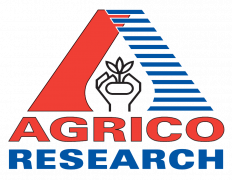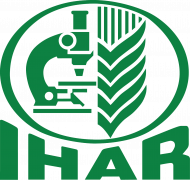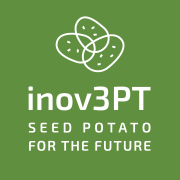Abstract
The chemical composition, total antioxidant capacity (TAC) and total flavonoids were assessed in fifty-two Andean potato cultivars, with local indigenous names, from Bolivia, comprising five species and one subspecies. Moisture content ranged from 63 to 81%, and on a fresh-weight basis, ash content from 1 to 2%, protein content from 3 to 11%, carbohydrate content from 9 to 35% and total lipids ≤ 0.01%. Solanum stenotomum cultivars showed the highest protein content. The TAC ranged from 1 to 10-μmol Trolox equivalents/g dry matter using Ferric reduction antioxidant power (FRAP) method and from 0.2 to 5 according to the 2,2′-azino-bis (3-ethylbenzithiazoline-6-sulphonic acid) (ABTS) method. The total flavonoids (TF) ranged from 2 to 19, expressed in μmol of catechin equivalents/g dry matter. The Andean potatoes studied appeared to be an important source of antioxidants and polyphenols, as well as proteins. They are therefore important for the diet of the economically depressed indigenous people of the Bolivian Andes. Furthermore, many of these potato cultivars, which still remain unknown outside the Andean region, can be considered superfoods because of their nutritional properties.















